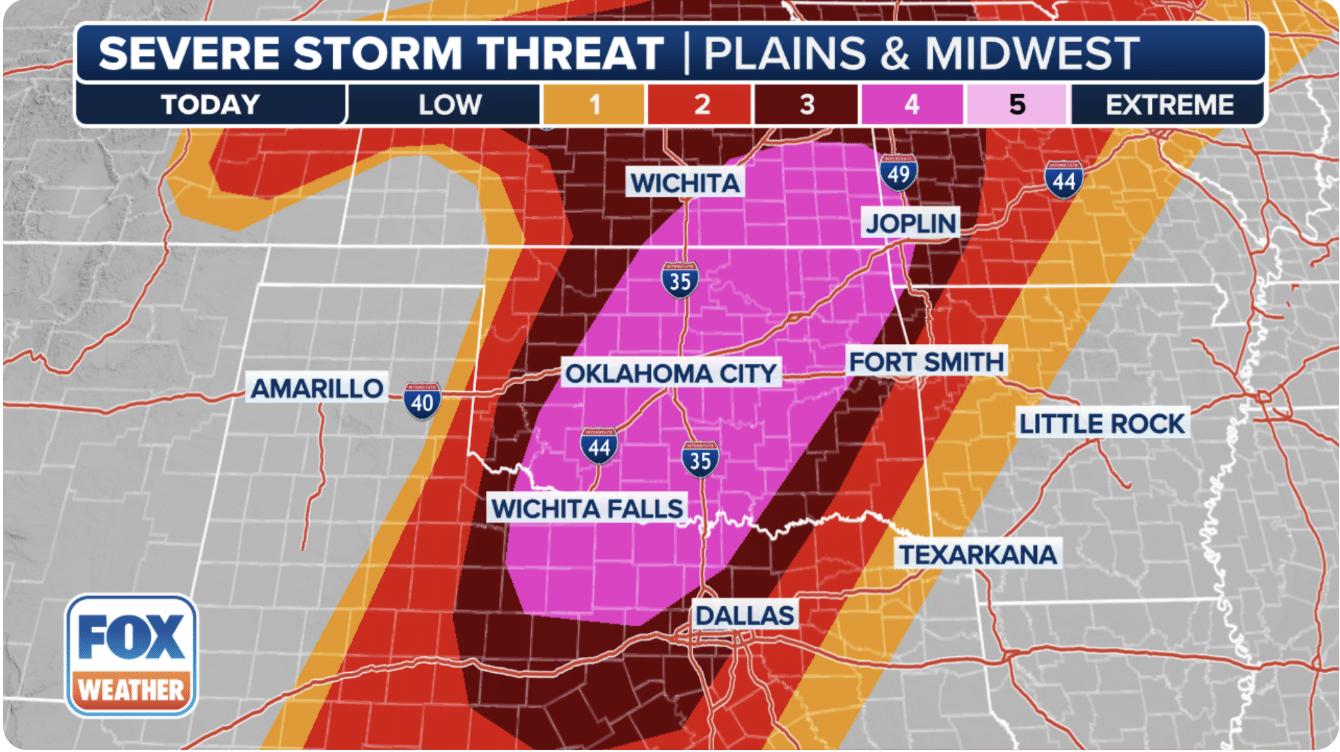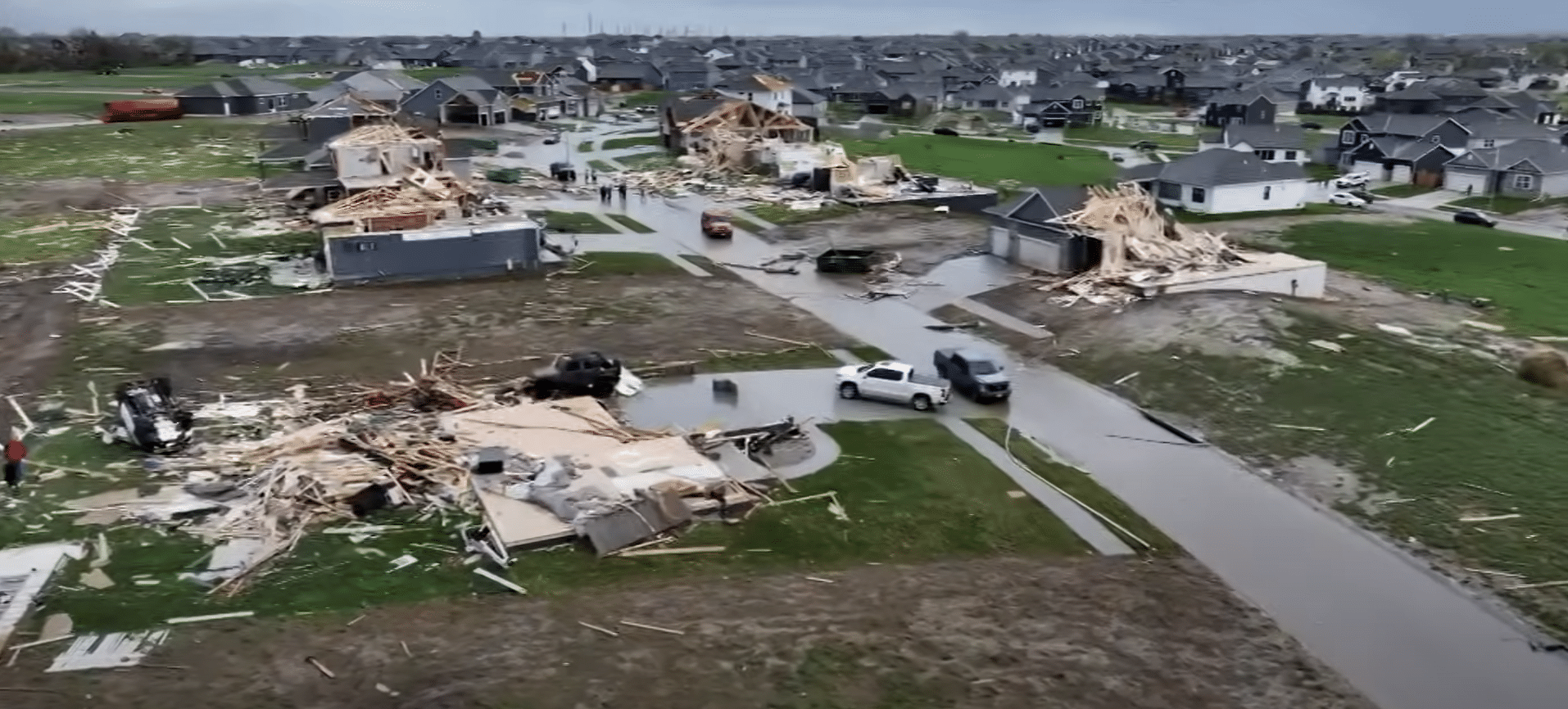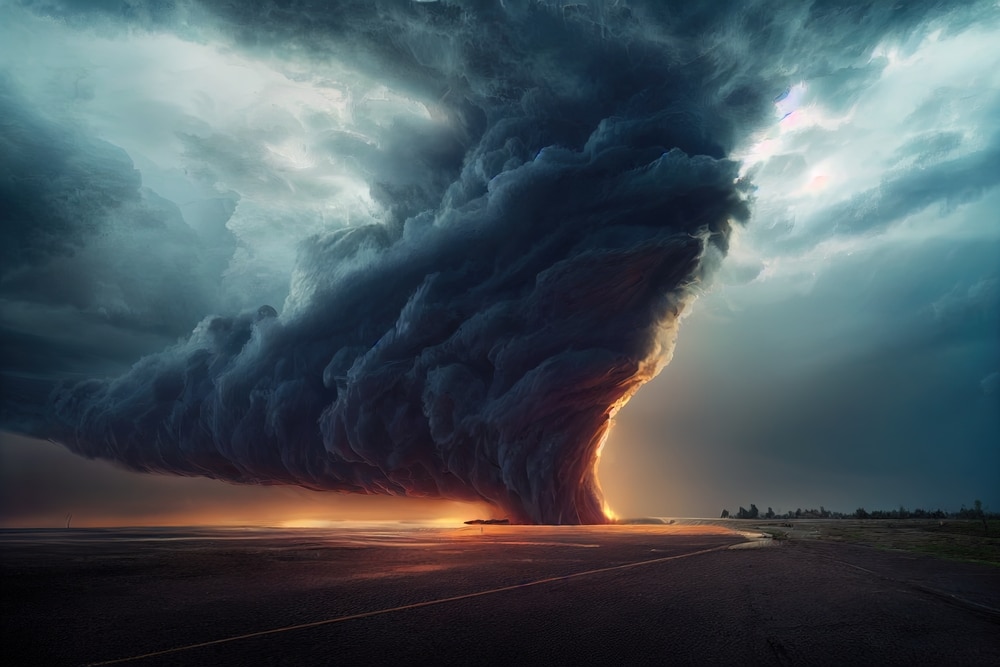While the world’s attention has been focused on the total solar eclipse that will occur later this spring, the distant Corona Borealis binary system – which contains one dead white dwarf star and one aging red giant star – has been busy gearing up for its own moment of glory: a spectacular nova explosion.
Located 3,000 light years from Earth, the Corona Borealis is home to a white dwarf star named T Coronae Borealis (or T CrB for short) that’s on the verge of what Nasa says will be a once-in-a-lifetime nova eruption.
The rare cosmic event is expected to take place sometime before September 2024. When it occurs it will likely be visible to the naked eye. No expensive telescope will be needed to witness this spectacular cosmic performance, says Nasa.
T CrB experiences oubursts only take place about once every 80 years, the last was was back in 1946. “I’m very excited. This thing is kind of like Halley’s Comet – it occurs once every 75 to 80 years – but novas don’t get the press Halley’s Comet gets,” says Nasa’s meteoroid environment program manager William J Cooke. “Comets always get more press.”
In most cases, Nasa experts have no idea when nova explosions are going to happen, says Cooke. But there are about 10 novas that are known as “recurrent novas”, he explains.
“A recurrent nova is a nova that periodically blows its top,” continues Cooke. “And T Coronae Borealis is a prime example.”
But how does Nasa know with such certainty that T CrB is going to erupt over the next few months specifically? It’s a matter of mathematical calculations and visible evidence. For instance, the last time T CrB experienced a nova was in 1946 – 78 years ago. The clock is very much ticking.
There’s another sign that T CrB is getting ready to blow also, Cooke says. “We know that before it goes nova it dims for about a year, and T Coronae Borealis started dimming back in March 2023, so that’s why we think it’s going to go nova between now and the end of September.”
T CrB’s reliable nova recurrence rate sets it apart from the many other novas identified over the years – and is part of what makes the star explosion so special.
“There are lots and lots of nova that have been discovered, but most haven’t been known to recur. Or they go such long time periods without recurring that we don’t know when they will again,” explains Meredith MacGregor, an assistant professor with Johns Hopkins’ William H. Miller III Department of Physics and Astronomy, who specializes in stellar activity.
The time span for a repeat performance of a nova is unpredictable and can be anything between one year and as much as a millions of years, adds Richard Townsend, professor of astronomy at the University of Wisconsin-Madison.
















